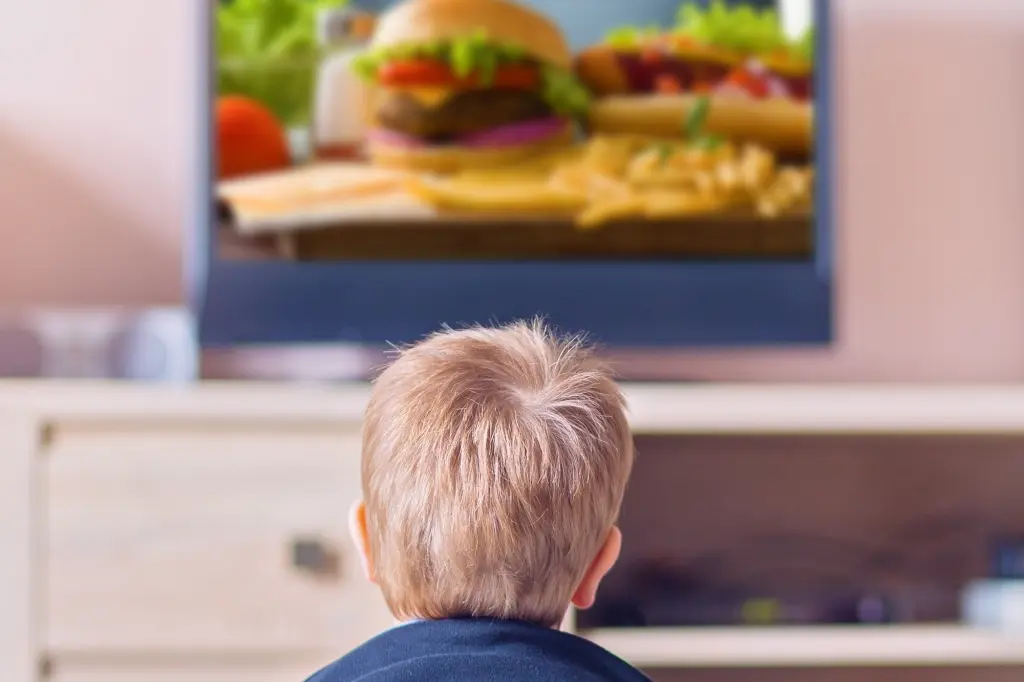
Incorporating television advertising into a restaurant’s marketing strategy can be a highly effective way to increase brand awareness, drive customer traffic, and boost credibility.
Television advertising can be incredibly engaging and memorable, especially when compared to other forms of advertising such as print or radio. By using sound, motion, and visual elements, television advertising can create a strong emotional connection with viewers.
And contrary to popular belief, aside from the initial investment into video production costs, television advertising can actually be one of the more cost-effective forms of advertising.
TV marketing campaigns expose your menu, your atmosphere, and your brand’s message to an incredibly large audience in a short period of time. Great TV ads can not only ignite excitement among your existing customer base, but they can potentially attract new customers. The goal of a good restaurant ad campaign is to create intriguing, high-quality television ads that will drive potential customers to make a reservation, visit your restaurant or place an order. Even if a viewer isn’t ready to eat at that moment, effective TV ads plant the seeds of hunger for your restaurant, so when viewers are ready to eat, your commercial will be burned into their memory.
To put it simply, television has the power to turn your target audience from viewers into customers in less than thirty seconds.
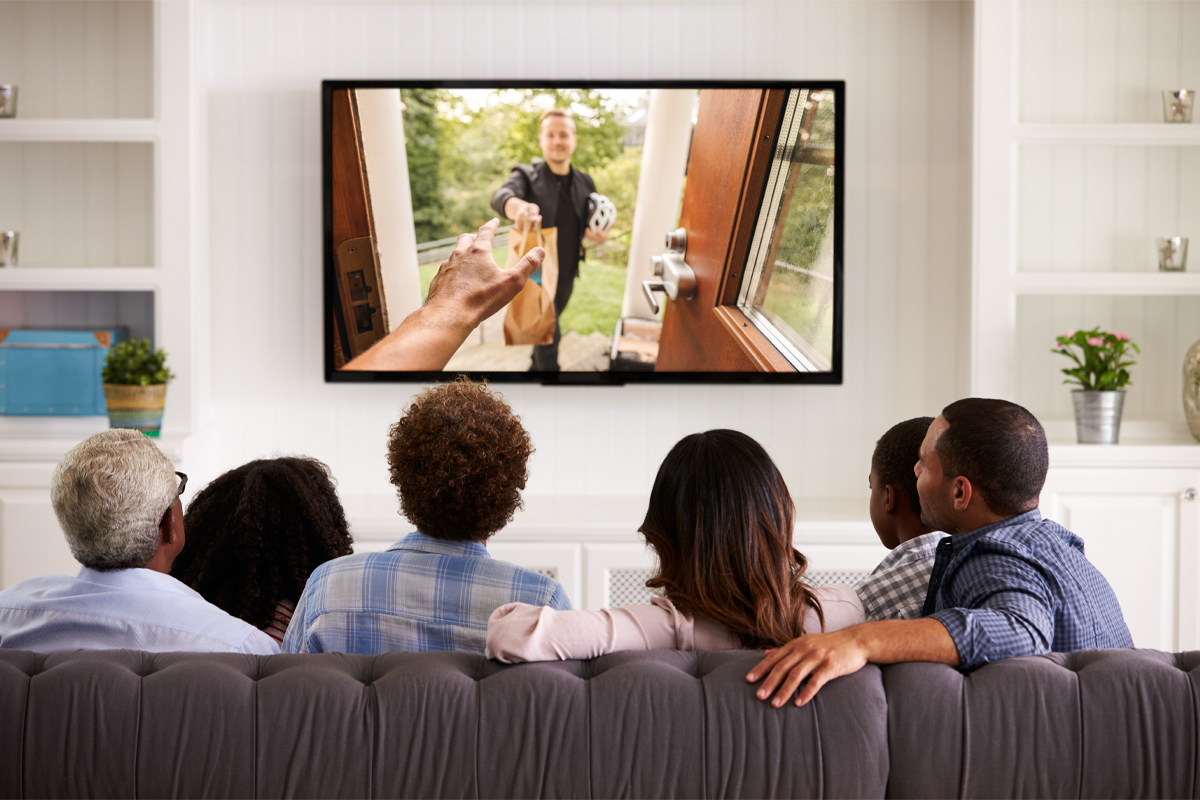
Types of Television Advertising
To design the best tv marketing strategy, it’s important to understand the two main types of TV advertising. TV advertising is categorized under two larger umbrellas: Linear TV and Streaming TV.
Linear TV Advertising
Linear TV is the traditional form of broadcast television where content is viewed on a predetermined schedule. Linear TV advertising and cable TV advertising are essentially the same things with a slight distinction. Cable is just one type of linear TV. Other forms of linear TV include broadcast, satellite, and “over the air,” or high-definition television. Essentially, any medium with a “lineup” of shows at set times qualifies as linear.

Streaming TV Advertising
Streaming TV is the modern approach to watching your favorite shows on your favorite devices, brought to you through an internet connection on demand. This type of viewing allows users to choose when and where they consume content.
Streaming TV advertising spots run within TV content via an internet-connected device.
Many TV marketing campaigns contain a combination of traditional linear television advertising and streaming TV advertising.
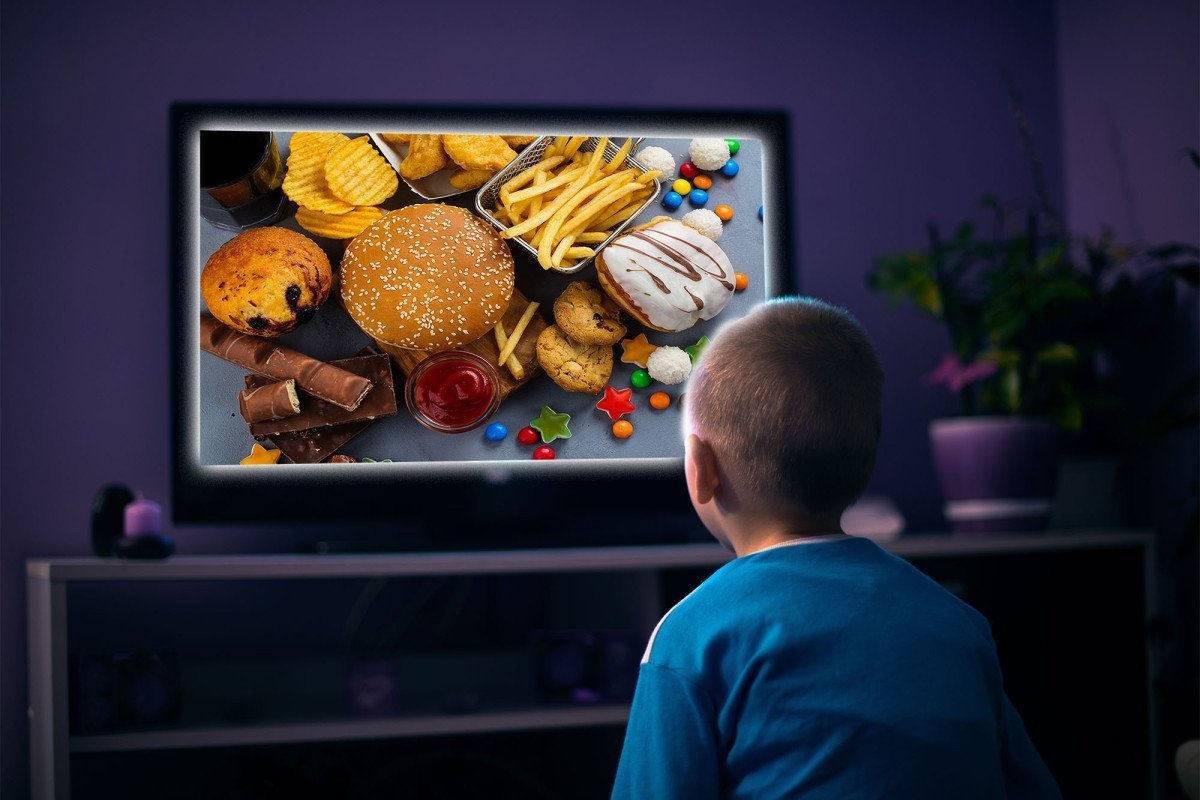
There are essentially two parts to a TV ad campaign. One is production, which involves shooting a video, a script, and talent or digital effects. The second factor is media buying. This involves choosing when and on what platform or channel to run a spot and actually making media buys.
Television Advertising Media Buying
Before production can begin, it’s important to understand the media buying process.
-
Determine your budget: When determining the budget for your advertising campaign, take the cost of producing the ad and the cost of buying airtime into consideration.
-
Identify your target audience: Next, determine the specific demographic and geographic audience you want to reach. For example, you may want to target families with children that live within a five-mile radius of your restaurant.
-
Set your advertising goals: Determine the main objective of your advertising campaign, whether it is to increase brand awareness, drive traffic to your website, or increase sales. This will affect not only ad placement but the overall tone and feel of the ad’s content.
-
Research TV stations: It’s critical to identify which TV stations are popular among your target audience. Factors to consider include the number of viewers or listeners, the time slots available, and the cost of airtime.
-
Negotiate rates and placement: Once you have identified which TV stations you want to work with, negotiate rates and placement. This involves determining time slots and frequency, as well as the cost per spot.
-
Monitor performance: Once your ad is up and running, the next critical step is to monitor the performance of your ad and adjust your campaign as needed. This may involve tweaking the frequency and placement of your ads or modifying the ad itself. Testing television spot advertising for restaurants can be an effective way to measure the effectiveness of your advertising campaign and make informed decisions about how to optimize it.

Factors to consider when testing tv spot advertising for restaurants:
-
Determine what you want to achieve with your advertising campaign. Are you trying to increase brand awareness, drive traffic to your website, boost traffic to your brick-and-mortar location, or promote a specific menu item?
-
Decide on a campaign timeline. Setting close-ended campaign dates help to accurately test and measure your ad’s effectiveness.
-
Decide how you will measure the success of your advertising campaign. This could include tracking website traffic, measuring foot traffic, or tracking coupon redemptions.
-
Conduct a pretest to establish a baseline for your metrics. In other words, determine how many visits your website gets before the ad campaign runs so you can measure that number against how many visits you get after the campaign. This will help you measure the impact of your ad campaign more accurately.
-
Launch your ad campaign and track your metrics over the course of the campaign.
-
Once your advertising campaign is complete, analyze your results to determine its effectiveness. Compare your results to your pre-test baseline to the after-campaign numbers. These metrics will show how much of an impact your advertising campaign had.
-
Based on the results, make adjustments to your advertising campaign to optimize its effectiveness. This could include tweaking your messaging, targeting a different audience, switching channels, trying new time slots, or changing your ad’s frequency.
-
Launch another advertising campaign and repeat the testing process to continue improving your advertising strategy each time.
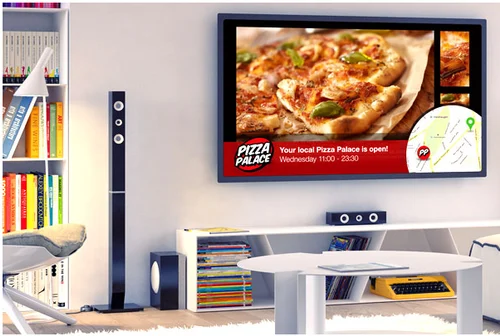
Hiring an Agency vs. Going It Alone
Deciding whether to hire an ad agency, spot tv media company, or do it yourself depends on a number of factors, including your budget, your experience in media buying, and your campaign goals.
If you lack the experience, TV media buying can certainly be daunting. Here are some reasons why you might consider hiring an ad agency.
-
Media buying companies and ad agencies have experience and expertise in media buying and can provide valuable insights and guidance on how to optimize your media budget.
-
Agencies have access to valuable data and technology that can be effective in helping you target your desired audience and accurately measure the performance of your campaigns.
-
Media buying is a tedious and time-consuming process, requiring research, negotiation, and ongoing oversight. Hiring an ad agency can help you free up your time so you can focus on running and growing your business.
-
Because agencies have relationships with media vendors and can often negotiate better rates than you could on your own, hiring a media buying pro can actually save you money in the long run.
There are, however, some reasons why you might choose to go it alone.
-
Some ad agencies charge a flat fee for their services, which can be a significant expense.
-
If you have a dedicated marketing team with expertise in media buying, you may not need to hire an ad agency for this service, giving you more control.
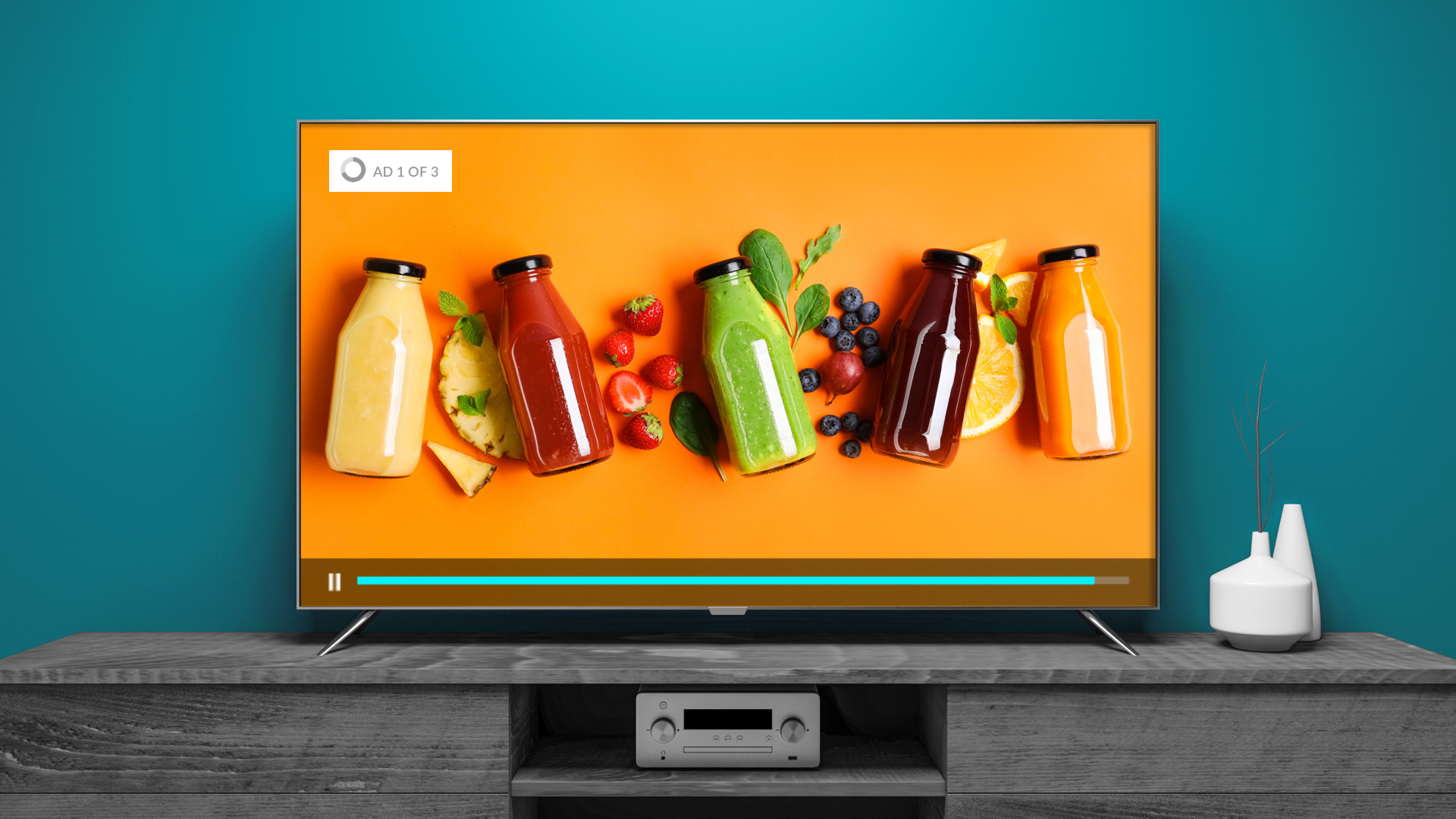
Spot TV Advertising Costs
The cost to run an ad on local tv varies depending on the market size, day part, length of the spot, programming, seasonality, and demographics.
-
Market Size: Larger markets tend to have higher media costs due to greater competition for ad space and higher demand for advertising.
-
Time of Day: Prime-time spots are generally more expensive than off-peak spots because they attract larger audiences.
-
Length of the Spot: Longer spots are generally more expensive than shorter spots, as they require more airtime.
-
Program Type: Certain types of programming, such as sports events or popular shows, may be more expensive to advertise during due to their larger viewership.
-
Seasonality: Certain times of the year, such as holidays or peak sales periods, may be more expensive to advertise during due to higher demand for ad space.
-
Demographics: Advertisers may target specific demographic groups, such as age, gender, or income level, and the cost of media may vary depending on the target audience.
-
Competition: Advertisers may face higher media costs in markets where there is a high level of competition for ad space.
-
Negotiation: Advertisers may be able to negotiate lower media costs by leveraging their buying power, committing to a certain number of spots, or negotiating with multiple media outlets.
-
Ratings: No discussion about tv advertising is complete without mentioning ratings, the do or die factor that decides on the fate of tv programs and determines advertising costs. Ratings are a measurement of the popularity of a television program or channel, indicating the percentage of households or individuals who tune in to watch. Ratings are typically calculated by specialized companies, such as Nielsen, which use a sample audience to estimate the number of people who are watching or listening to a program or channel. These estimates are then used to calculate the ratings.
In television, ratings are typically expressed as a percentage of the total number of households that own a TV and are watching a particular program. A show with a 10% rating, for example, means that 10% of all TV households are watching that program.
Ratings are an important metric for media companies, advertisers, and marketers, as they provide insight into the popularity and reach of particular programs or channels, allowing both sides—buyers and sellers—to make informed decisions about advertising and media buying.
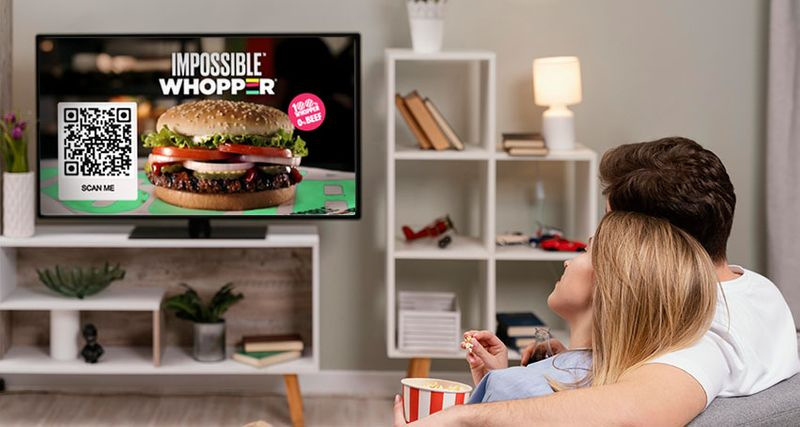
Cable vs. Broadcast Television
The decision to buy time on cable or broadcast should be based on your goals and objectives, target audience, and budget. Cable TV might be a better option for local restaurants with limited budgets because it zones in on smaller geographical areas, thus, avoiding wasted advertising dollars. Broadcast TV could be a better option for restaurant chains looking for wider exposure across a media market.
Ultimately, the cost of buying TV time depends on a combination of factors. When considering whether to buy TV time on cable or broadcast, there are several pros and cons to each option.
Cable TV:
Pros:
-
Precise Targeting
-
Lower Costs
-
Niche Programming
Cons:
-
Smaller Reach
-
Fragmented Audience
-
Limited Brand Exposure
Broadcast TV:
Pros:
-
Broader Reach
-
Higher Viewership
-
Higher Level of Brand Exposure
Cons:
-
Higher Costs
-
Limited Targeting
-
Limited Niche Programming

Producing a TV Commercial
The second factor that goes into running a TV ad campaign is production. When creating a commercial, it’s important to develop an ad that is visually appealing, persuasive, and speaks to your specific target audience. Depending on your objectives and audience, the overall tone of your ad should be considered.
Are you targeting millennials or boomers? Does your audience have small children or are they professionals working in a big city office all day? All of these factors should be taken into consideration when deciding the “flavor” of your ad: should your ad take on a casual, funny, serious, mature, cool, or hip vibe? Speaking to an urban GenZ crowd, for example, certainly should have a different flavor than an ad that targets busy suburban moms.
This decision will determine talent, location, and visual effects used in the production of the ad. When producing your tv commercial, you can go it alone or hire a professional like a freelance scriptwriter, ad agency, or TV production company. Sometimes local stations and cable companies will even help you produce your commercial to encourage you to buy more advertising time.
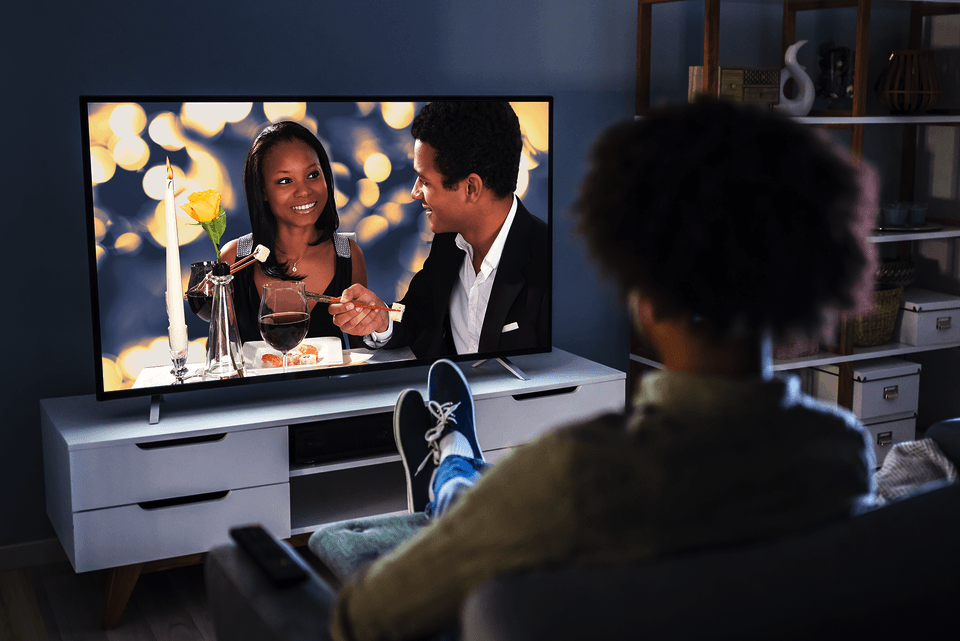
The steps involved in producing a TV commercial can vary depending on the complexity of the project, but generally, the following steps are involved:
-
Concept Development: This is the first step in the process where the ad agency or production company comes up with a creative concept or idea for the commercial. This involves brainstorming ideas, researching the target audience, and creating a storyboard or script.
-
Pre-Production: Once the concept is all set, pre-production begins. This involves casting talent, scouting locations, hiring a director, videographer or film photographer, hiring a stylist and hair and make-up crew, and creating a detailed production schedule.
-
Script Writing: The next step is to write the script for the commercial.
-
Storyboarding: Storyboarding involves creating a visual representation of the commercial using drawings or computer-generated images.
-
Shooting the Commercial: This is the actual production phase where the commercial is filmed or videotaped. This step is basically this step is the culmination of all of the other steps.
-
Post-Production: After the shoot, the raw footage is edited together to create the final commercial.
-
Distribution: Finally, the commercial is ready to be distributed to the TV stations or other media outlets on which you have purchased time.

Advantages of Multi-Channel Advertising
A multi or omnichannel marketing strategy involves using more than just one medium. By keeping a consistent message across social media, tv, radio, print, email, and other marketing channels, your business will benefit in many ways.
Consistent messaging: By creating consistent messaging across all media, restaurants can reinforce their messaging.
Cross-promotional benefits: Restaurants can use social media to promote their TV ad campaign and vice versa.
Unique Targeting Options: TV, radio, and social media all offer unique targeting options to reach specific audiences. By using these platforms in conjunction with one another, restaurants can create a highly targeted ad campaign that reaches the right customers at the right time.
Widens Reach: By using TV, radio, and social media together, restaurants can reach a wider audience than they would with any one platform alone. This creates a larger potential customer base and increases the chances of driving traffic and sales.
By effectively integrating TV into your marketing strategy, restaurants can create an effective, cohesive, and successful marketing campaign that drives traffic and boosts revenue.

By Eileen Strauss

